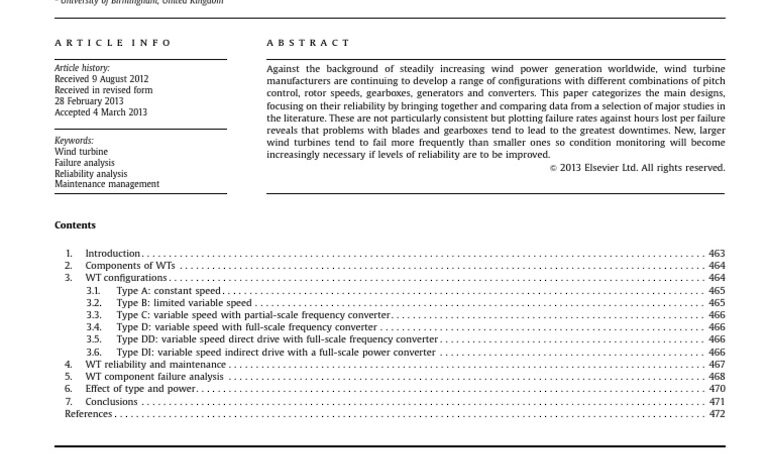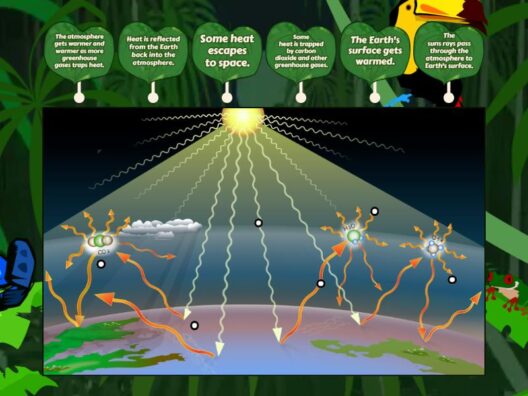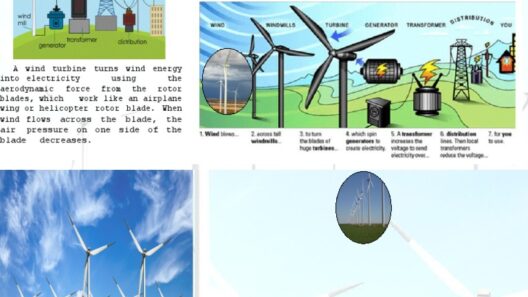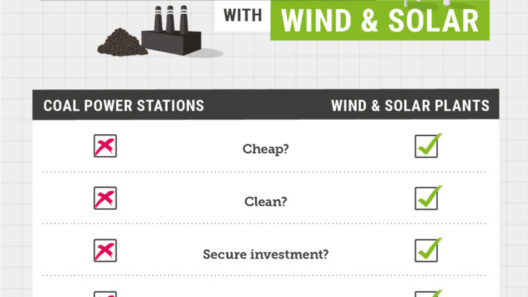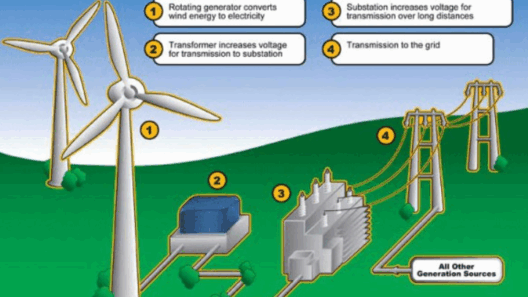As global energy demands escalate, the search for sustainable and reliable energy sources intensifies. Among the various renewable technologies, wind energy has emerged as a frontrunner. However, one of the central questions that often arises is: Is wind energy reliable? This exploration delves into the complexities of wind power, assessing its consistency and dependability while examining the multifaceted aspects that influence its reliability.
A Deeper Understanding of Wind Energy
Wind energy is derived from the kinetic energy of moving air. Wind turbines convert this energy into electricity, making it a pivotal component of the renewable energy landscape. The technology has advanced significantly over the past few decades, leading to improved efficiency and lower costs. However, understanding the reliability of wind energy requires an examination of several essential factors.
The Role of Wind Patterns: Nature’s Unpredictability
Wind energy generation relies heavily on local wind patterns, which can be inherently unpredictable. Wind does not blow uniformly across the earth; it fluctuates based on geographical location, time of year, and atmospheric conditions. Regions characterized by consistent and strong wind currents are more likely to produce reliable energy outputs. For instance, coastal areas and open plains are typically more favorable than urban environments or regions with significant topographical variation.
However, the variability of wind patterns poses challenges. For instance, an area that experiences a strong wind season may encounter periods of calm. Consequently, energy production can be inconsistent throughout the year. Advanced forecasting techniques and modeling tools are being developed to anticipate wind speeds and adjust energy production forecasts, enhancing reliability in specific wind-dependent regions.
Technological Innovations: Enhancing Performance
The evolution of wind turbine technology has proved instrumental in improving the reliability of wind energy. Modern turbines are designed to harness wind power even at low wind speeds. Innovations such as larger rotor diameters, more efficient gearboxes, and sophisticated control systems contribute to a more robust energy output.
Moreover, turbine siting plays a critical role in turbine performance. Careful selection of turbine locations, based on wind resource assessments and environmental studies, can maximize energy production. Additionally, developments in offshore wind farms, where wind speeds tend to be higher and more consistent, present promising avenues for enhancing overall energy reliability.
Energy Storage Solutions: Bridging the Gap
One of the critical hurdles in the reliability of wind energy is intermittent generation, particularly when the demand for electricity deviates from the production capacity of wind turbines. Energy storage solutions can effectively bridge this gap. Technologies such as batteries and pumped hydro storage provide a means to store excess energy generated during productive periods and release it during low production periods, creating a more consistent energy supply for users.
As research and development in energy storage continue to advance, solutions are becoming more economically viable. Enhanced storage capabilities can significantly bolster the reliability of wind energy, integrating it more effectively with the existing energy grid while ensuring that fluctuations in production do not compromise energy availability.
The Role of Diversification: A Comprehensive Energy Strategy
While wind energy has its advantages, relying solely on one type of renewable energy can lead to vulnerabilities. A diversified energy portfolio that includes a mix of solar, hydro, and wind energy can enhance overall reliability. By leveraging the strengths of various renewable sources, energy providers can reduce risks associated with variabilities in wind patterns.
For example, solar energy tends to peak during the summer months, complementing wind energy generation, which can fluctuate more dramatically in different seasons. By integrating multiple renewable sources within the energy grid, there is an increase in the reliability of the energy supply, ultimately leading to reduced dependency on fossil fuels.
The Economics of Reliability: Cost-Benefit Analysis
The economic viability of wind energy also plays a crucial role in its reliability. Initial investment costs can be substantial; however, the long-term benefits can outweigh these costs. Wind energy typically incurs low operational costs, and as technology advances, the levelized cost of energy (LCOE) continues to decline. This makes wind power an attractive option for utilities and consumers alike.
Additionally, policies supporting renewable energy production can incentivize investments and make wind power more economically feasible. Governments can play a role in creating a stable market for wind energy through tax incentives, subsidies, and innovative financing mechanisms. This, in turn, can enhance the reliability by encouraging further development and integration of wind infrastructure.
Conclusion: The Future of Wind Energy Reliability
While challenges to the reliability of wind energy exist, the potential for wind power to provide a consistent and dependable energy source is promising. Through advancements in technology, effective energy storage solutions, and a diversified energy strategy, wind energy is positioned to overcome its inherent inconsistencies.
As we face escalating climate challenges and seek sustainable energy practices, wind energy remains a critical player in shaping a clean energy future. By understanding and addressing the factors that influence its reliability, we can harness the power of wind and pave the way for a more sustainable world.



